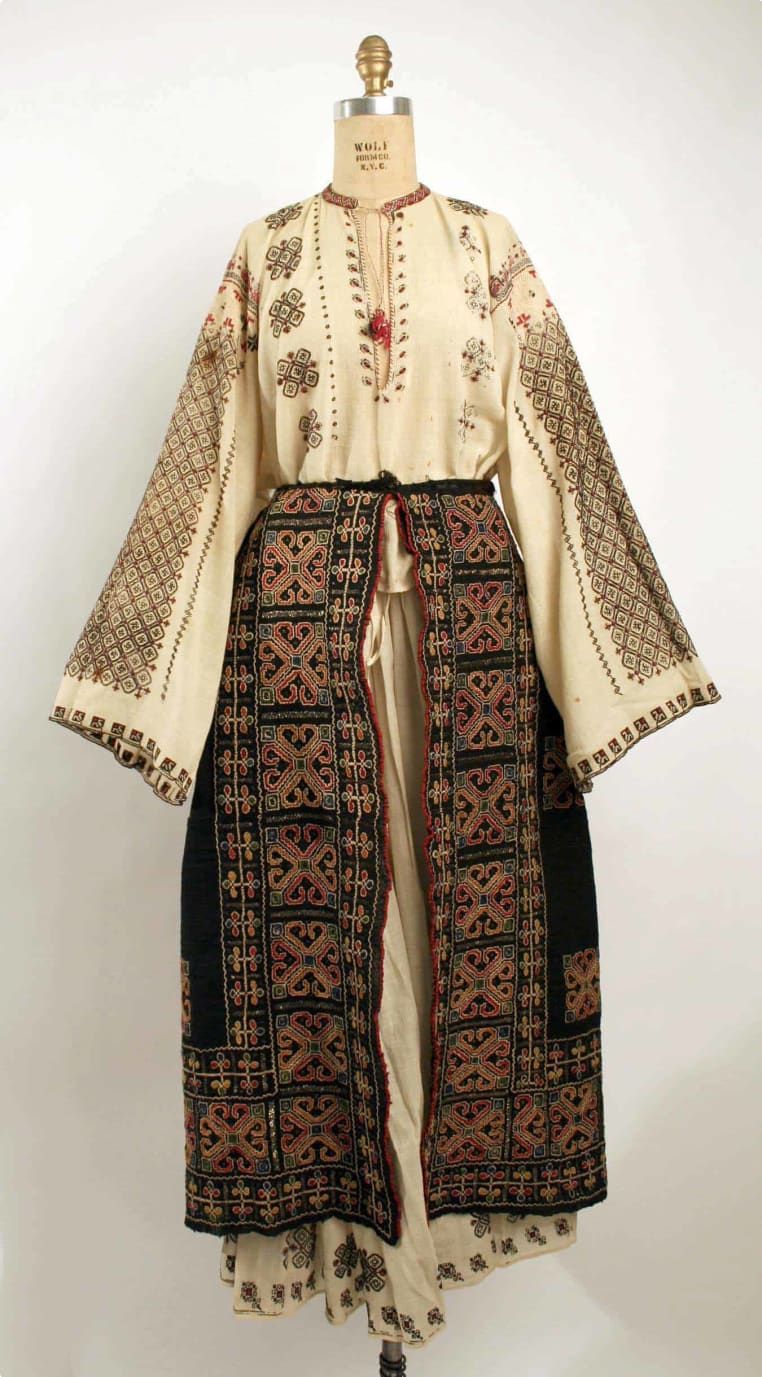Questions about Romania
Escorted small group tours for mature and senior travellers to Romania. Designed for couples and solo travellers who like to explore and enjoy learning as they travel to the George Enescu Festival or venturing into Transylvania.
25 Nov 19 · 2 mins read

Questions About Romania for senior travellers.
Odyssey Traveller specialises in crafting unforgettable experiences for senior and mature-aged travellers who travelling as a couple or solo traveller. Providing adventure and educational programs to escorted small group tours since 1983. Odyssey has built up a reasonable knowledge bank to answer questions about Romania that travellers are likely to ask, as they make their plans to tour independently, or with us as part of a small group tour. We hope that this list of frequently asked questions and the answers we provide will help you with planning your next holiday.
Read on, but please do not hesitate to contact us via the website, or through email or chat if you have more questions about Romania or our other tours.

FAQs
Where is Romania located?
Romania is located in south-eastern Europe, partially on the Balkan peninsula. It borders the Black Sea to the east, Ukraine to the north, Moldova to the north-east, Bulgaria to the south, Serbia to the south-west and Hungary to the north-west.
Why is Romania called Romania?
The name Romania is derived from the Romanian Român, which in turn is derived from the Latin Romanus. Romanians believe that they are the descendants of ancient Romans who conquered southern Transylvania under the Emperor Trajan in 105 CE. The Romans withdrew under Aurelian in 271, but many Roman settlers had intermarried with the local Dacian people, creating a new nation. This Latin-speaking Daco-Roman culture survived both folk migrations of Slavic peoples, and the rule of a succession of outside empires.
Today, this Roman heritage is at the core of Romanian cultural and national identity. Most prominently, the Romanian language is a Romance language descended from Latin, more closely related to French, Italian, and Spanish than to the Slavic languages that surround it.
What is the main religion of Romania?
The majority of Romanians (86.5%) are affiliated with the Romanian Orthodox Church. Christianity reached Romania (or Dacia, as it was then known) under the Roman Empire as early as the 4th century AD. By the late 9th century, the Romanians had accepted a Slavonic liturgy, introduced by Bulgarian rule. Romania remained under the Patriarchate of Constantinople until the 19th century, and the church was only granted its own Patriarch in 1925.
The most significant minority religious groups are Catholics and Protestants, most of whom are part of the ethnic Hungarian population concentrated in Transylvania. Romania is home to small Jewish and Muslim communities, while the Romani people (around 3% of the population) blend Romanian Orthodoxy with their own spiritual traditions.
Who founded Romania?
Romanians trace their heritage back to the Daco-Roman civilisation of the late Roman Empire. After the withdrawal of the Roman Empire, a number of Slavic tribes migrated to Dacia, who were incorporated into the culture of the more numerous local population.
The country of Dacia, or Romania, disappeared from the world map for centuries in the Middle Ages. The northern part – Transylvania – came under the rule of Hungary, and then became an independent principality ruled by Hungarian people.
In the 14th century the first Romanian kingdom emerged: the principality of Wallachia, united by Prince Basarab I. Another Romanian principality, Moldavia, emerged soon after. The two served as a buffer against the expansion of the Ottoman Empire for centuries.
Moldavia, Wallachia, and Hungary all came under Ottoman rule in the 1500s. Following the end of the Great Turkish War between the Holy Roman Empire and the Ottoman Empire in 1687, Hungary and Transylvania were placed under Habsburg rule, while Moldavia and Wallachia remained in the Ottoman Empire. The two principalities nonetheless had considerable autonomy.
The 19th century saw the strengthening of Romanian national identity. Moldavia and Wallachia – with the support of Russia – declared independence from the Ottomans and became the Kingdom of Romania. While Moldavia and Wallachia thrived, Transylvania suffered, coming under direct rule from Vienna, which implemented a policy of Magyarisation. Hungarian was declared the national language, and any Romanian who protested was strictly punished.
Following World War I, Transylvania passed from the defeated Austro-Hungarian Empire to Romania. Romania also acquired territory from Austria and from Russia, uniting the ethnic Romanians in the one country for the first time.
Independent Romania would nonetheless have a turbulent 20th century. In 1938, King Carol II declared a royal dictatorship. During World War II, Romania was divided up between Russia, Hungary and Bulgaria. King Carol was forced to abdicate and Romania was led by General Ion Antonescu, who ruled with the support of the fascist Iron Guard. When Nazi Germany went to war with the Soviets, Antonescu aligned with the Nazis before changing sides in 1944.
In the aftermath of World War II, Communists aligned with the Soviet Union seized power in a coup. Romania would be closely aligned with the Soviet Union until the 1960s, when the then-leader Nicolae Ceauşescu refused to participate in the Soviet invasion of Czechoslovakia. Ceauşescu was briefly popular in the West as a ‘maverick’, but he soon introduced a policy of neo-Stalinism, ruthlessly cracking down on dissent. Unlike the rather faceless leaders of other Soviet-bloc countries, Ceauşescu developed a personal, nepotistic form of rule and built a personality cult around him and his wife Elena.
Following the fall of Soviet-backed regimes around Eastern Europe, mass demonstrations broke out, and Ceauşescu was arrested and executed. Romania did not yet become democratic: power fell back into the hands of Communist Party members who had been frustrated with their loss of power under Ceauşescu’s authoritarian regime. Romania held democratic elections, but power remained in the hands of former Communists. Only in 2004 did the country elect a leader who had not been a part of the Communist power structure.
Where in Romania is Transylvania?
Transylvania is by far the most famous region of Romania in the West, legendary as the mysterious home of the ruthless vampire, Count Dracula. Many people believe that Transylvania was made up in the fevered imagination of Bram Stoker, and then to become the setting of countless Hollywood films.
The real Transylvania is one of the three main historic regions of Romania, located in the north-west of the country and bordered by the Carpathian mountains to the West and South. It is one of the most beautiful regions of Europe, home to alpine scenery, green pastures, and quaint medieval villages.
Unlike the other historic regions of Romania – Wallachia and Moldavia – Transylvania was under Hungarian and Austrian rule for centuries, giving it a more central European feel than the rest of Romania. Look for university towns filled with elegant Baroque architecture and ski resorts established in the 19th century.
Scholars have suggested that a very real figure from Romanian history inspired Stoker’s Dracula. Vlad Ţepeş (the Impaler) was born in Transylvania, but was Voivode (ruler) of Wallachia. Vlad ruled in a period of instability due both to Ottoman invasion and power struggles within Wallachia, and became notorious for the brutal tactics he used against his political rivals. Stories of his cruelty spread around Europe, including the claim that he impaled over 80,000 enemies on long spikes, though historians now believe that many of these stories are exaggerated.
Stoker took the name Dracula from Vlad, who was given the honorific meaning ‘Son of the Dragon’ by his admirers and located his fictional vampire in the mountains of Transylvania. However, most scholars believe that his vampire lore draws more from Irish legends of blood-sucking monsters than from the historic Vlad.

Where to go in Romania?
Romania is one of Eastern Europe’s largest, most diverse, and most fascinating countries. Sights range from the atmospheric mountain castles of Transylvania to the Black Sea coast; from the Communist architecture of Bucharest to rural villages seemingly unchanged since the Middle Ages. Each of the traditional regions has a wealth of treasures for the discerning visitor, while virtually every traveller will find something to surprise them.
Bucharest:
While first impressions of Bucharest might be dominated by the monumental developments of Nicolae Ceauşescu, dig deeper and you’ll find a city with a lot to reward the traveller.
The Palace of Parliament, built to house Ceauşescu is the world’s heaviest building, a lavish and vast complex that cost over 3 billion to build. Though divisive (to say the least), it’s worth taking a look for a window into the turbulent 20th century history of Romania.
Prior to Ceauşescu – who ripped up over 80% of the historic city – Bucharest was called the ‘Paris of the East’. A wander along Victory Avenue, a wide boulevard lined with grand belle epoque architecture, will show you why. The historic centre, built in the 15th and 16th century, is now home to a vibrant collection of restaurants and bars.
Bucharest is also a great place to explore Romania’s history at a number of fascinating museums. The National Art Museum is home to a superb collection of medieval Romanian art, while the Museum of the Romanian Peasant is a window into Romania’s distinct folk culture. Snagov Monastery, believed to be the final resting place of Vlad the Impaler, is a well-preserved medieval monastery, while the Domnița Bălașa is decorated with stained-glass windows rare among Eastern Orthodox churches.
Transylvania:
While Transylvania might not be the legendary home of vampires, it is one of the most atmospheric regions of Europe, home to dramatic mountain scenery, eerie Gothic castles, and quaint medieval villages.
Bran Castle pulls in crowds as ‘Dracula’s Castle’, but in reality the connections with the historical Vlad are thin. Built by German Teutonic Knights to overlook a high mountain pass, the 14th century castle nonetheless has enough atmosphere that you can easily imagine it the home of Stoker’s Dracula.
Corvin Castle, Romania’s most extensive medieval fortress, is equally atmospheric, while Peleş Castle, built in the late 19th century for Carol I, looks more like a castle from a fairy tale than a horror movie or vampire tale.
In the Middle Ages, Transylvania was home to a significant Saxon, or German population. Their legacies can be seen in the fortified church of Viscri and the charming medieval cities of Sighişoara, Braşov, and Sibiu.
Transylvania also has a significant Hungarian history. Cluj-Napoca, Transylvania’s largest city, is home almost equal numbers of Hungarians and Romanians today. The city’s architecture, which combines Baroque, Secessionist and fin-de-siècle architecture, places you firmly in the old Austro-Hungarian Empire.
Maramureş:
A visit to the region of Maramureş, on the borders of Hungary and the Ukraine, is like travelling back to the Middle Ages. Protected by mountains, Maramureş was never invaded by the Romans and has maintained a unique cultural identity since antiquity. The same mountains that repelled the Romans repelled the 20th century, and today villagers in Maramureş continue to use farming techniques and technologies – strip farming, wooden horse-drawn carts – developed in the Middle Ages.
Travellers are particularly drawn to the villages of Maramureş, home to elaborately-carved wooden churches and houses. Folk costume is still regularly worn here, straw hats, felt boots and galoshes for men and elaborately embroidered blouses for women.
Wallachia:
Wallachia, the region surrounding Bucharest, is also home to several important sites. While Bran Castle hogs the spotlight, Poienari Castle, in the foothills of the Carpathians is the real Dracula’s Castle, where Vlad the Impaler lived during his reign.
Built in the late 1970s, the windy Transfăgărăşan Highway was declared the ‘world’s best road’ by the hosts of the BBC Top Gear program. While the sharp turns and cliff-side passages of the road can be anxiety inducing, brave travellers are rewarded with spectacular views of the Carpathian Mountains and access to the glacial Lake Bâlea.
Moldavia:
Moldavia is Romania’s eastern-most region, a centre of religious history. Iaşi, the capital of Moldavia, is Romania’s cultural hub. The symbol of the city is the grand early 20th-century Palace of Culture, now home to several fascinating museums. Iaşi is also home to several antique churches, including the exquisite Church of the Three Hierarchs, which combines Armenian, Georgian and Turkish influences, and the late-Renaissance Golia Monastery, home to vivid Byzantine frescoes.
The highlight of Moldavia is the painted monasteries of Southern Bucovina. Painted in the mid-fifteenth century on the outside walls of several monasteries, the frescoes combine Byzantine influence with local folk motifs. Despite being exposed to the elements for centuries, the frescoes remain vibrant and vivid, a testament to the skill of the artists who created them.
What do they eat in Romania?
Romanian food tends to be hearty and home-style, with many dishes derived from peasant cooking. The national dish is sarmale, cabbage leaves stuffed with rice, meat and herbs. Equally common is mămăligă, a maize mush akin to polenta, usually served with sour cream. Soups and stews are also central to the Romanian menu, including garlicy tripe soup, fish soup, and tochitură, a stew of fried pork, mămăligă and cheese, topped with a fried egg.
Local desserts include papanaşi, fried dough stuffed with sweet cheese and topped with jam and cream. The Turkish influence means that Middle Eastern sweets such as baklava are also common.
Romania’s national drink is ţuică, a brandy made from fermented plums. Most ţuică is home distilled, and can be very alcoholic (about 50 to 60% alcohol). Romania is also the world’s tenth biggest wine producer, with many excellent local wines.
What to buy in Romania?
Folk costume:
Traditional Romanian blouses or ia are an important part of Romanian folk culture. Made from white cotton, flax or silk, each blouse is decorated with intricate embroidery, designs and colours varying according to local tradition. Ia are celebrated each year on June 24, the International Day of the Romanian Blouse.
Painted eggs:
Easter is one of the most important holidays in Romania, and one of many traditions is the creation of intricately painted eggs. Visitors can find painted eggs at markets and souvenir stores.
Horezu ceramics:
Handmade ceramics made by artisans from the town of Horezu were listed by UNESCO as an Intangible Cultural Heritage of Humanity in 2012. Today’s artisans draw on knowledge and skills passed down over centuries. Horezu ceramics are usually intricately decorated with a variety of recurring motifs, including roosters, stars, snakes, trees, the sun, and the tree of life.
Hand carved wooden items:
Lovers of the intricate wooden carvings of Maramureş can find similar work on a variety of wooden objects. Particularly popular are wooden spoons, with the handles ornately carved into folk motifs.
What is the currency in Romania?
Though Romania is part of the European Union, it has not yet entered the Eurozone and continues to use the Romanian leu.
Do you need a visa to visit Romania?
Citizens of Australia, New Zealand, Canada, the United States and the European Union can enter Romania without a passport and stay for up to 90 days.
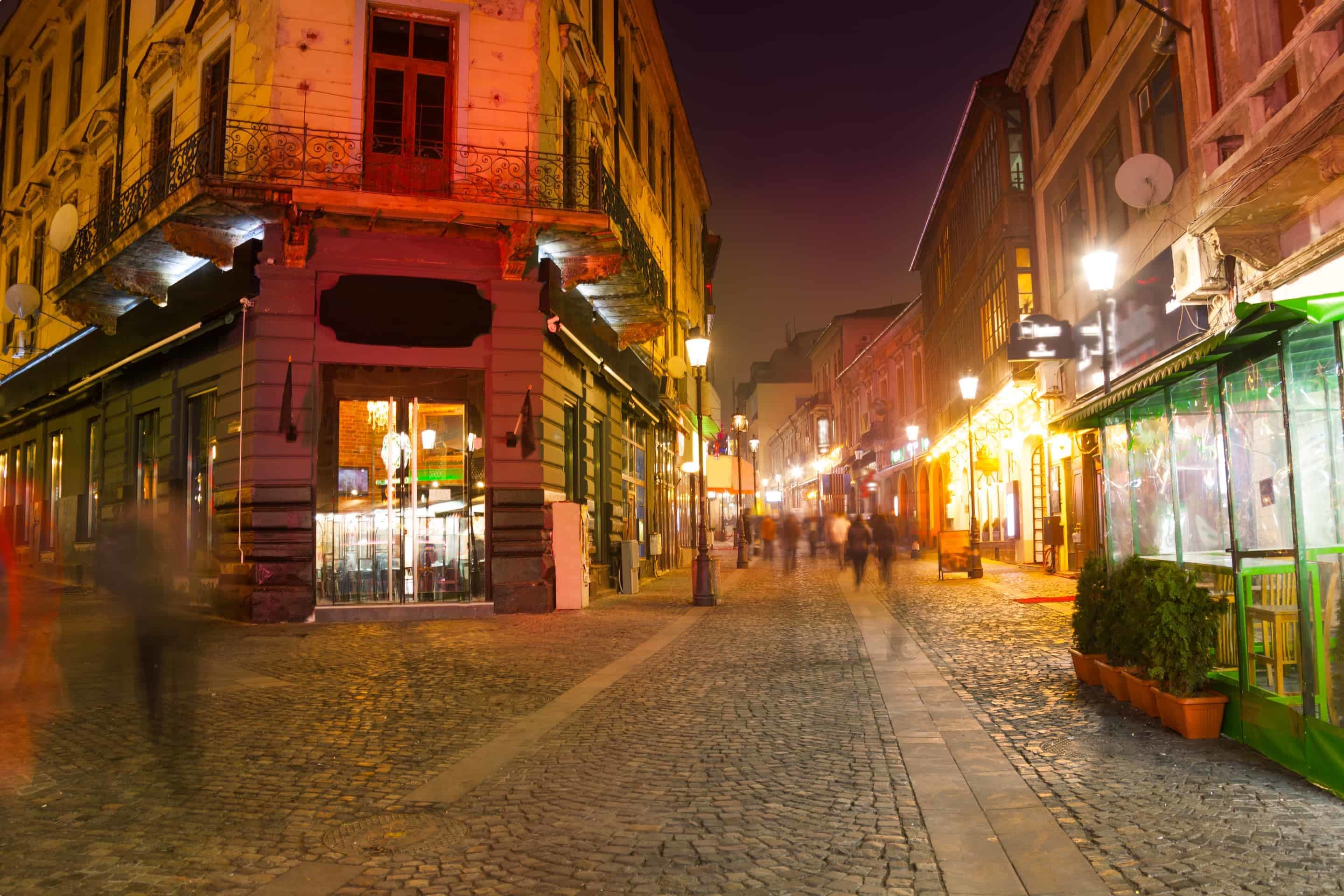
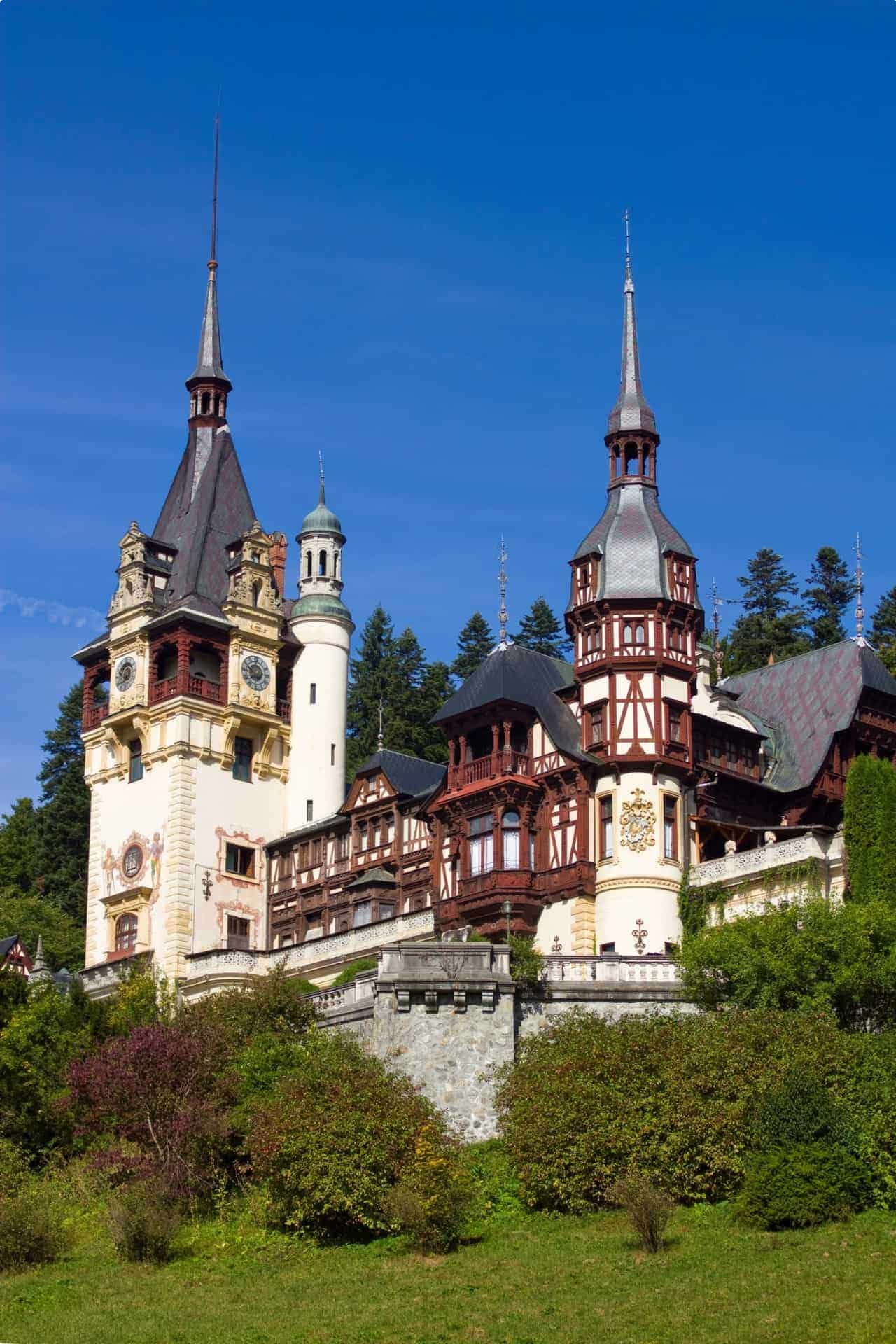



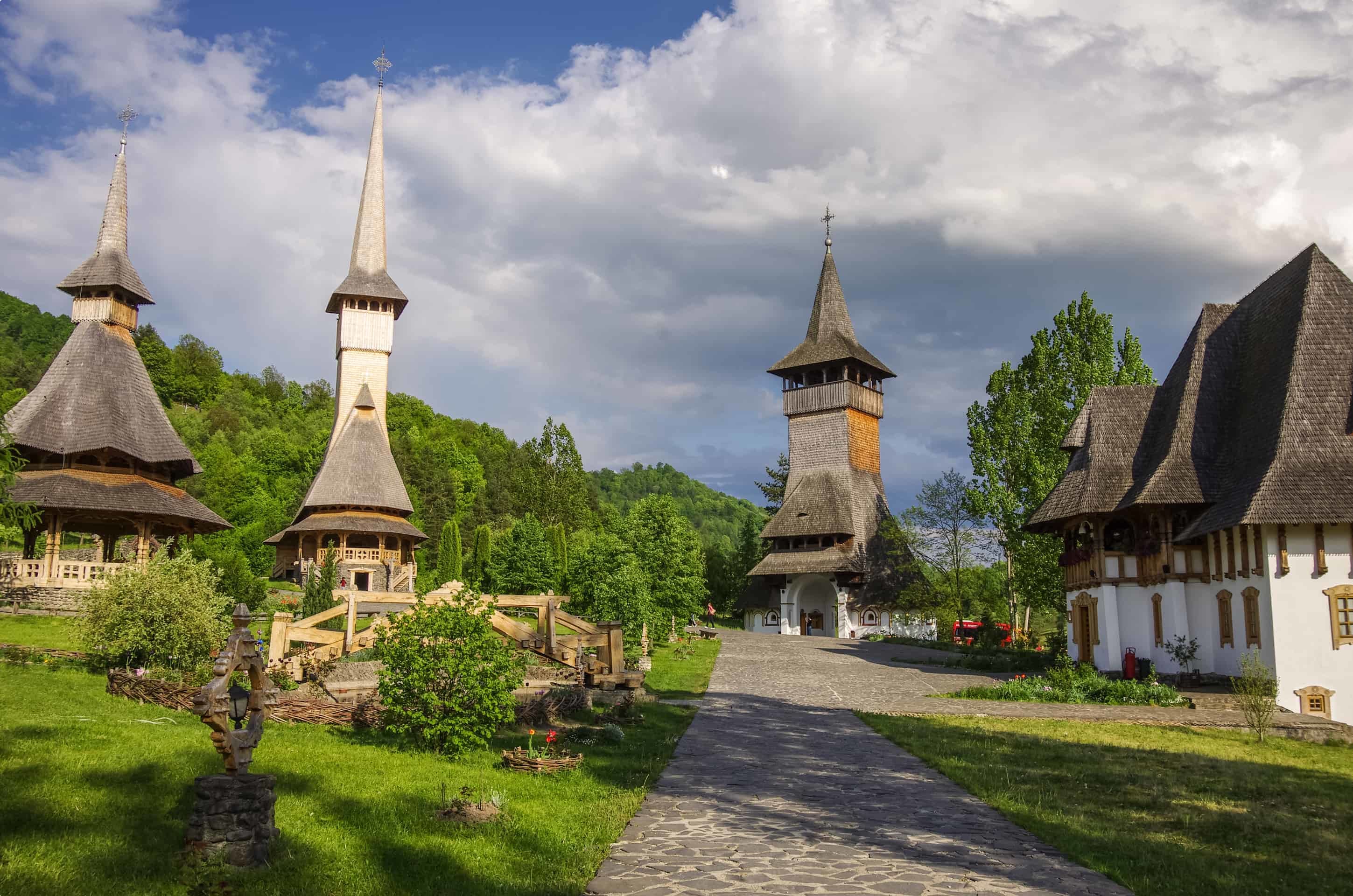
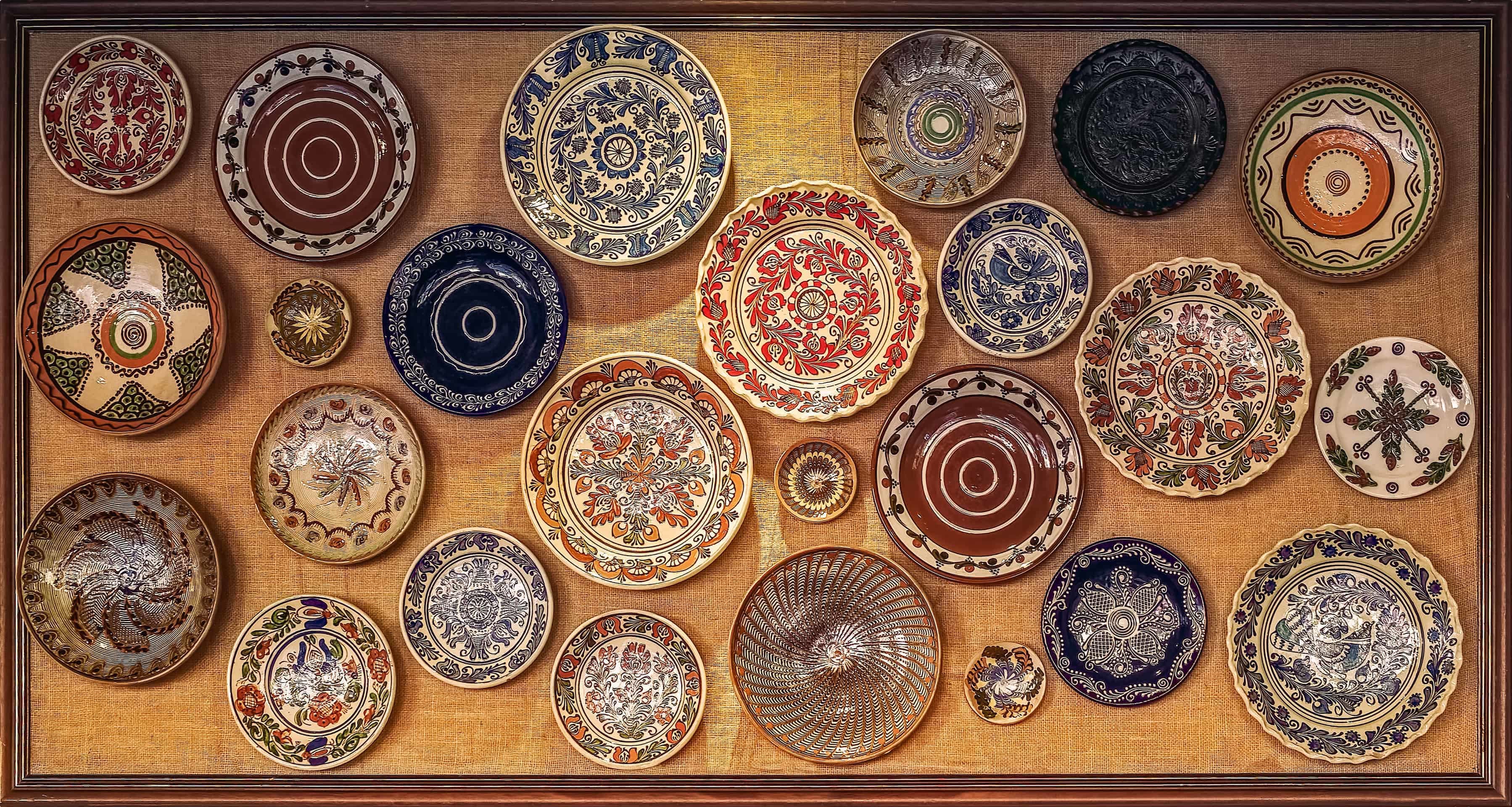

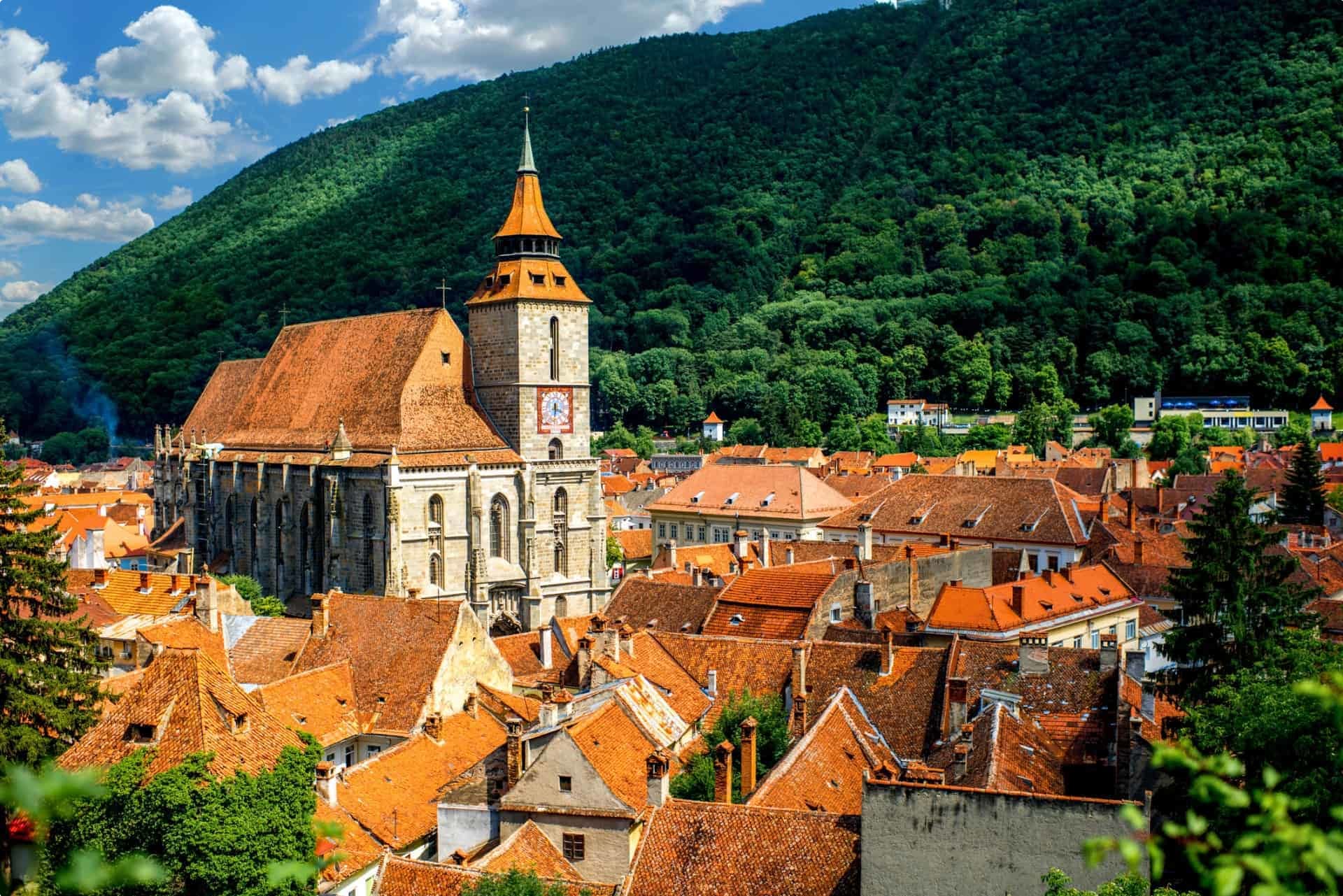
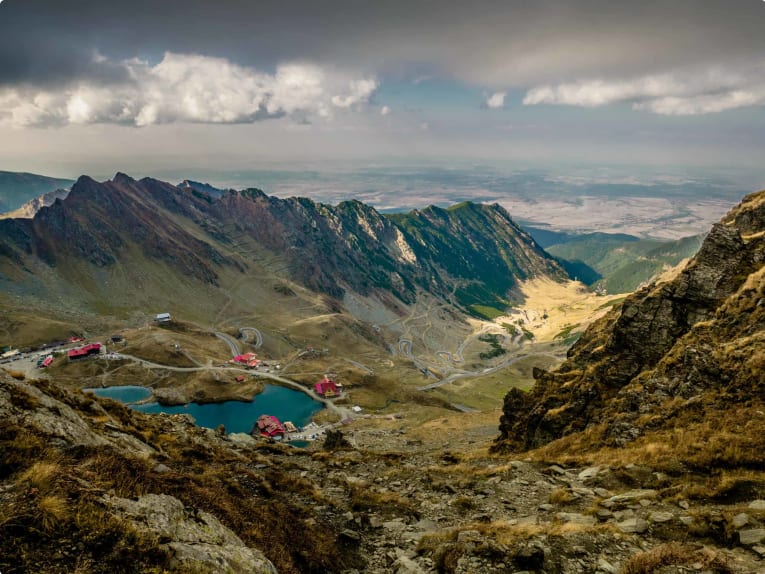
If you’d like to learn more, we encourage you to take a look at our Tours of Romania. Our tours include:
Discover Romania: Delve into Romania’s history with this 14-day tour. We visit Romania’s most fascinating sites, from Bucharest to the castles of Transylvania, to the painted monasteries of Moldavia.
Sofia, Bucharest, Budapest: Join us as we travel from Sofia to Budapest, taking in Bulgaria, Romania and Hungary on the way. We explore the fascinating history of this diverse and multi-ethnic region, showing how Romans, Ottomans, Hungarians and Austrians have all shaped the area.
Walking in Romania: A tour for active travellers (graded challenging on our activity level scale), this tour takes in the quaint villages, vibrant cities and ancient churches of the magnificent Carpathian Mountains.
George Enescu Festival: In 2021, we will offer you the chance to join us at the George Enescu festival, a biannual classical music festival devoted to one of the 20th century’s neglected giants.
For more information about any of our tours, please call or send an email.
Related Tours

17 days
Aug, Oct, Sep, MarDiscover Romania
Visiting Romania
Small group travel from one of the best small group tour companies for Europe, to Romania. Join like minded people with a tour leader and local guides who provide fascinating sights at key destinations in Romania. For couples and single travellers. Minimal single supplement applies.
From A$9,950 AUD
View Tour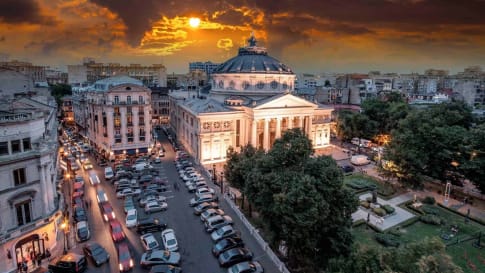
21 days
SepGeorge Enescu Festival small group tour of Romania
Visiting Romania
Discover the work and world of this neglected twentieth century musical giant on Odyssey's small escorted group tour. Explore Enescu’s native Romania before settling down to a feast of his music performed by a host of international stars in Bucharest and immerse yourself in his work with like minded people. Odyssey hopes to provide the group with the opportunity to attend some 30 concerts over 16 days. The next festival is September 2023.
From A$14,950 AUD
View Tour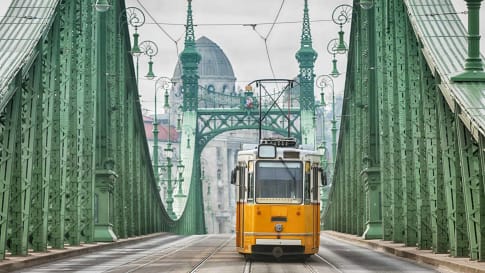
23 days
SepSofia, Bucharest and Budapest | Small Group Tour
Visiting Bulgaria, Hungary
Bulgaria and Romania have been at the crossroads of civilisations for centuries. This is a small group tour from one of the best small group tour companies for Europe, whose trips each day, select destinations from local guides that provide authentic experiences for our guests who are on holiday.
From A$13,995 AUD
View TourArticles
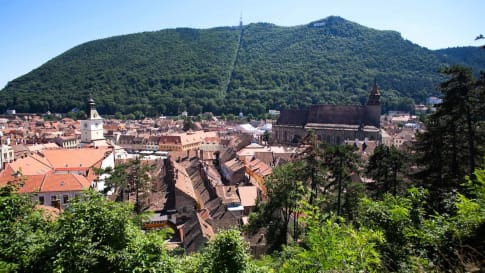
A Short History of Transylvania: Definitive guide for travellers
A Short History of Transylvania Once a province of the Roman Empire, Romania has three historic principalities–Transylvania, Moldavia, and Wallachia–which were briefly reunited in the 16th century before splintering again when Transylvania was recaptured by…
